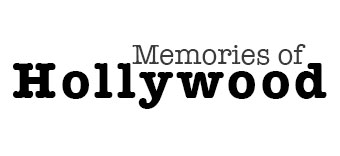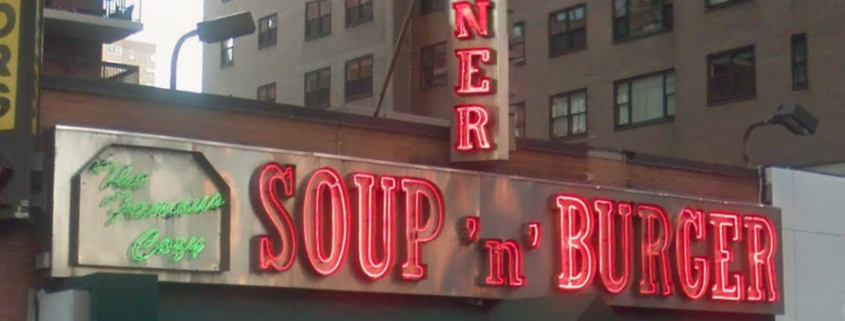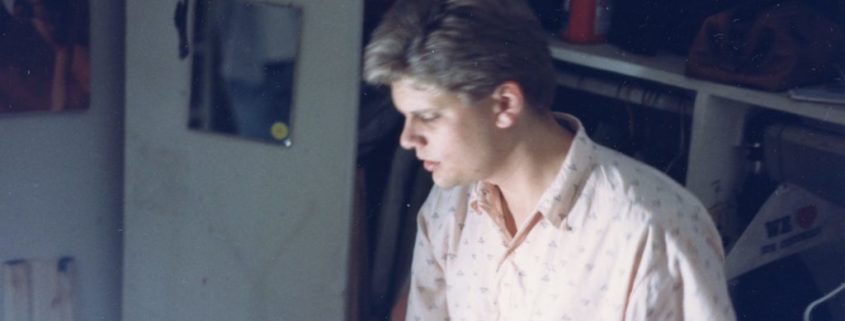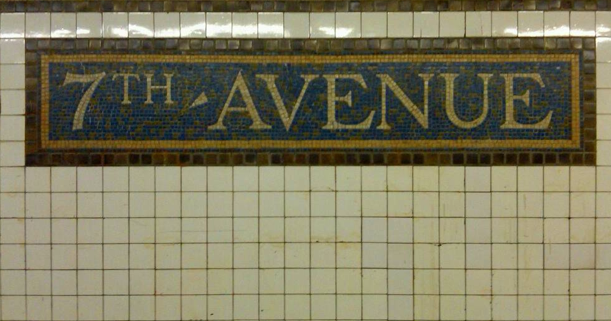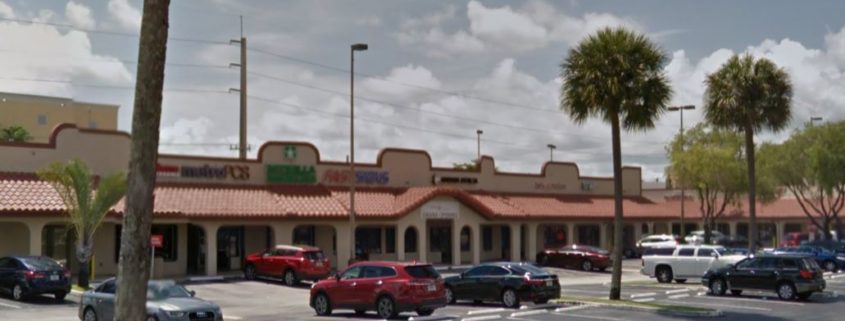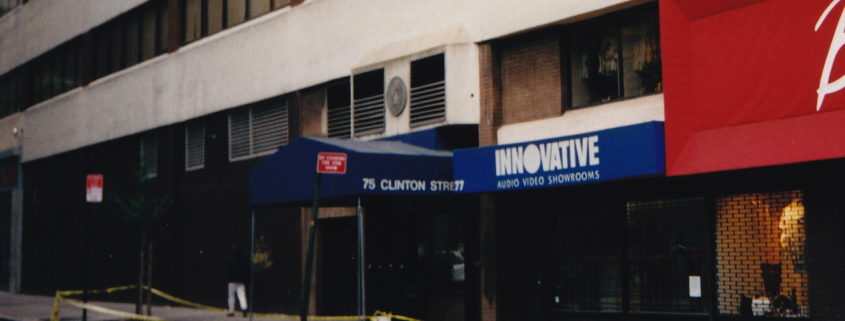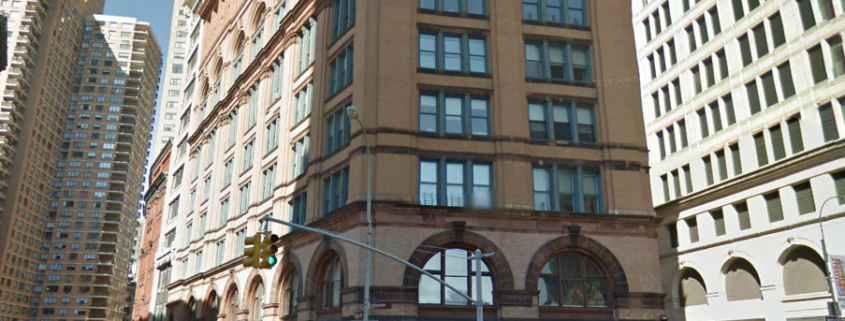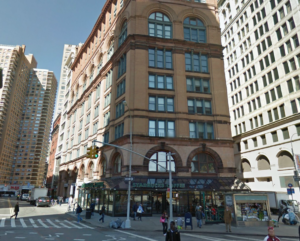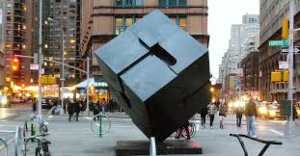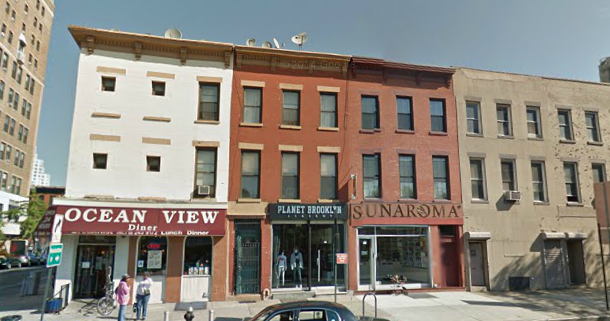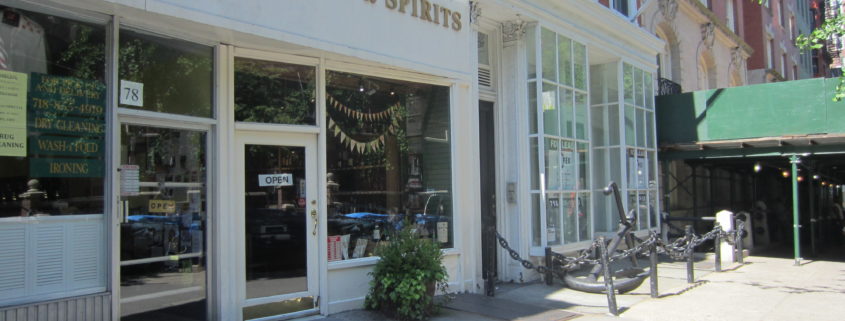Every year I try to visit New York City, my old “home.” I’m there today in fact, preparing to retreat in typical forlorn fashion tomorrow back to my Atlanta “home.” Quotation marks are there; for what is home for someone who’s moved around as much as I have?
I’ve always maintained such personal issues of self-identity are completely up to the individual, but honestly, I’ve usually tailored my responses to the tastes of the questioner, shifting my responses like a geographic chameleon. In the South, where I currently live, the response to this query is often “Tulsa.” This is because, in testing out responses in recent years, “Seattle” was greeted by a kind of blank stare while “New York” earned me some weird cocktail mixing mockery and mistrust.
When I lived in Seattle it was easy to answer. I had just moved from New York. And though I hadn’t really learned to miss it yet (I sure would soon), I immediately noticed the fascinated responses I garnered, especially when I narrowed it down to “Brooklyn.” It was like I was a gangster or something, Seattlites wanted to know all about it. It made me feel important.
If I’m talking about movies I tell people I’m from Hollywood. I mean, I am from there but I’m also from other places. I started MOH in part to convince myself I am from Hollywood. Which I am. I’m pretty sure.
Occasionally I’m from Miami, which I definitely really am. I went to high school and junior college there. I could still tell you not only how to get around but what are the best beaches.
My wife has advised me to pick a city and stick with it, that it would show I was being true to myself. My brother says I have to say “Tulsa” or at least “Oklahoma,” because that’s where our family is from, and where we started out our lives. He even sees it as a kind of betrayal that I would consider answering anything else. Sometimes I wasn’t sure myself, but I did always know it was up to me.
Is it as simple as this- is home where you were born or where you most recently moved from? Well, I was born in Kansas but was only there six months so that response seems kind of disingenuous. As for the last place lived- what about all the others?
Don’t pin me down, I can’t decide!
I was talking to my sister and law’s mother yesterday, and as a writer she told me her lifelong theme is one of attemping to unify the broken pieces, the elements (both personal and ‘of place’) of home; for to bring them together is to finally give them their meaning, at least to her.
I talk to people all the time who have thought about this idea of “what is home,.” It’s a big topic, because as Americans we are sometimes hopelessly mobile, yet befuddled travelers. Moving around hither and to, a lot of times not even sure why.
Maybe today I should come up with some criteria that will help me decide. After all, it’s kind of pathetic to be 48 years old and to still not be sure of where you are from.
How about this….. home is where you agonize over every departure, no matter how short the visit. I’ve always felt that way about New York, where every time I visit, the buildings are still straight, the subway still works (though in fits and starts), and the hot glazed nuts sold by street vendors still smell as sweet as when I arrived here in 1987.
I see Chinatown, with their $1 keychains and their “Um Frum Brooklyn” shirts. I see the green of Central Park (with its barely detectable patina of city soot). I always notice the new construction, as well as the season’s fashions worn by straphangers on the 6 train.
I see the City crawling with yellow refector clad workers, fixing cobblestones around NYU or changing lamp lights in the passageways of Grand Central. They’re everywhere, always doing something different but always working the urban hive. When I see this I always have the feeling they are making my city better; I am gratefully aware that the structure of NYC would collapse without their diligent efforts.
I appreciate, yet today I am sad, because soon I will have to go. The energy that the City infused in me almost 30 years ago flicks back on again as soon as I arrive for a visit yet is so hard to flick off after I leave. My energy has to dumb itself down again when I leave, hence the melancholy. That energy is really the feeling of home, where (though I may not live there anymore) in some ways I always belong.
I may still vacillate about my origins, for I love to tell stories. But I think now I know now where I’m really from, where my home is. It’s directly proportional to how much I DON’T want to leave. I guess everybody knows that, if not, they should.
